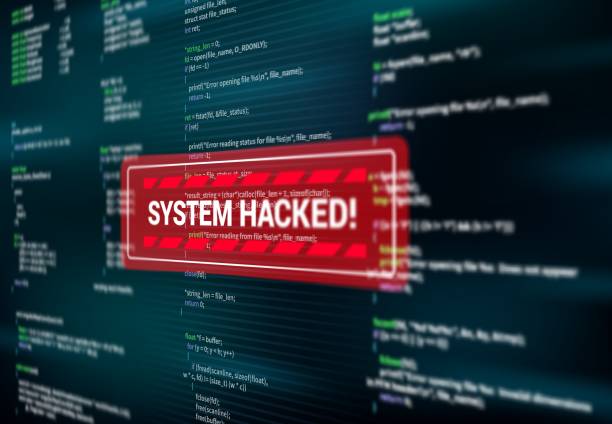Ransomware attacks have emerged as one of the most pernicious threats to individuals, businesses, and institutions worldwide. These malicious attacks encrypt sensitive data, demanding a ransom for its release, causing significant disruptions and financial losses. To safeguard against such threats, proactive measures for prevention and effective recovery strategies are crucial.
Understanding Ransomware Attacks
What is Ransomware?
Ransomware is a type of malware designed to deny access to data or systems until a ransom is paid. It infiltrates systems through phishing emails, malicious websites, or software vulnerabilities, encrypting valuable files or locking users out entirely.
Impact of Ransomware Attacks
The impact of ransomware attacks can be devastating. It disrupts business operations, leads to data loss or theft, tarnishes reputation, and imposes hefty financial burdens through ransom payments and recovery costs.
Prevention Strategies
Regular Data Backups Frequent backups of critical data to secure and separate locations can mitigate the impact of ransomware attacks. Ensure backups are isolated from the primary network to prevent encryption.
Employee Training and Awareness Educating employees about phishing emails, suspicious links, and safe online practices is vital. Establish protocols for reporting any unusual activity immediately.
Implement Robust Security Measures Deploy up-to-date antivirus software, firewalls, and intrusion detection systems. Regularly update operating systems and applications to patch vulnerabilities.
Access Control and Least Privilege Principle Limiting user access to necessary data and systems reduces the attack surface. Implement the principle of least privilege to restrict unauthorized access.
Incident Response Plan Develop a comprehensive incident response plan outlining steps to take in case of a ransomware attack. This includes procedures for isolating infected systems and communicating with stakeholders.
Recovery Strategies
Isolate Infected Systems Immediately disconnect infected devices from the network to prevent the spread of ransomware. Identify the strain of ransomware to determine if decryption tools are available.
Engage Law Enforcement Report the attack to law enforcement agencies as it helps in tracking and potential resolution. Cooperating with authorities might lead to identifying the attackers.
Consider Backup Restoration If backups are available and unaffected, consider restoring systems from these clean backups after ensuring the elimination of the ransomware.
Evaluate Encryption and Payment Options Evaluate the risks and feasibility of paying the ransom. However, it’s crucial to understand that paying does not guarantee data recovery, and it may encourage further attacks.
Implement Security Enhancements After recovery, enhance security measures by updating software, strengthening defenses, and conducting thorough post-attack assessments.
Conclusion
Ransomware attacks pose significant threats to individuals and organizations, emphasizing the critical need for proactive prevention strategies and effective recovery plans. By adopting robust security measures, fostering a culture of cybersecurity awareness, and preparing comprehensive response protocols, the impact of ransomware attacks can be mitigated.

